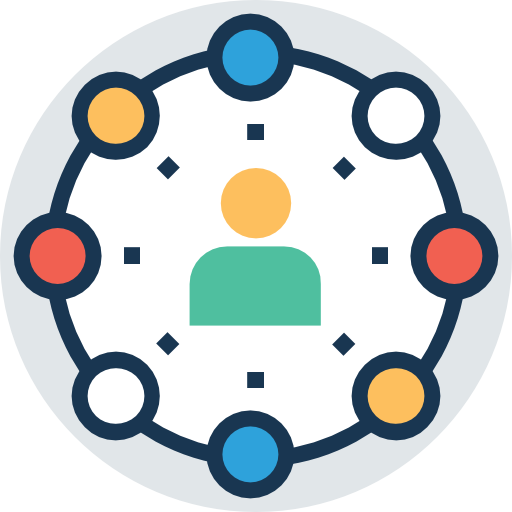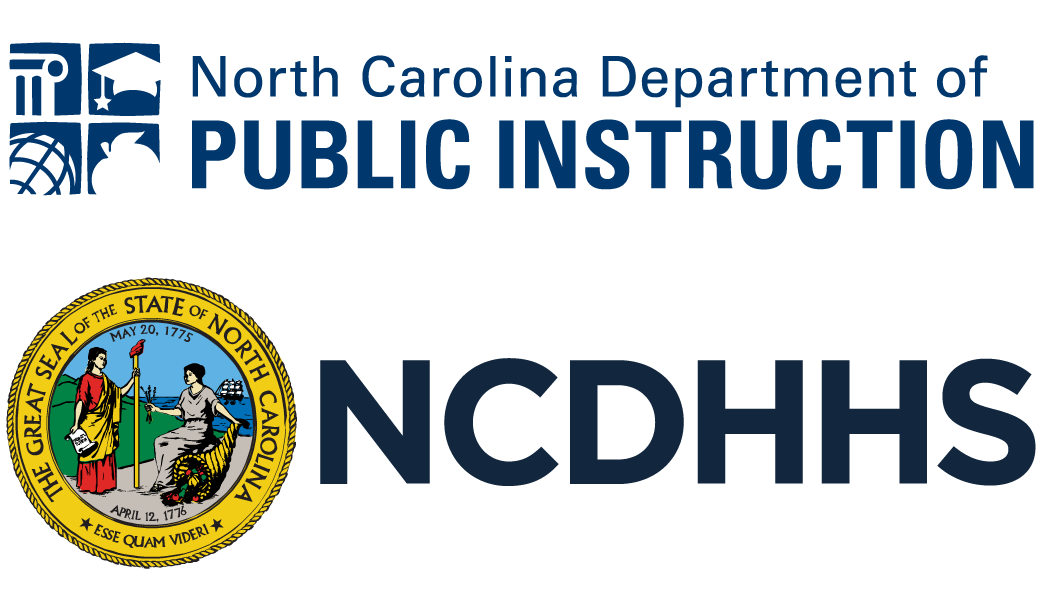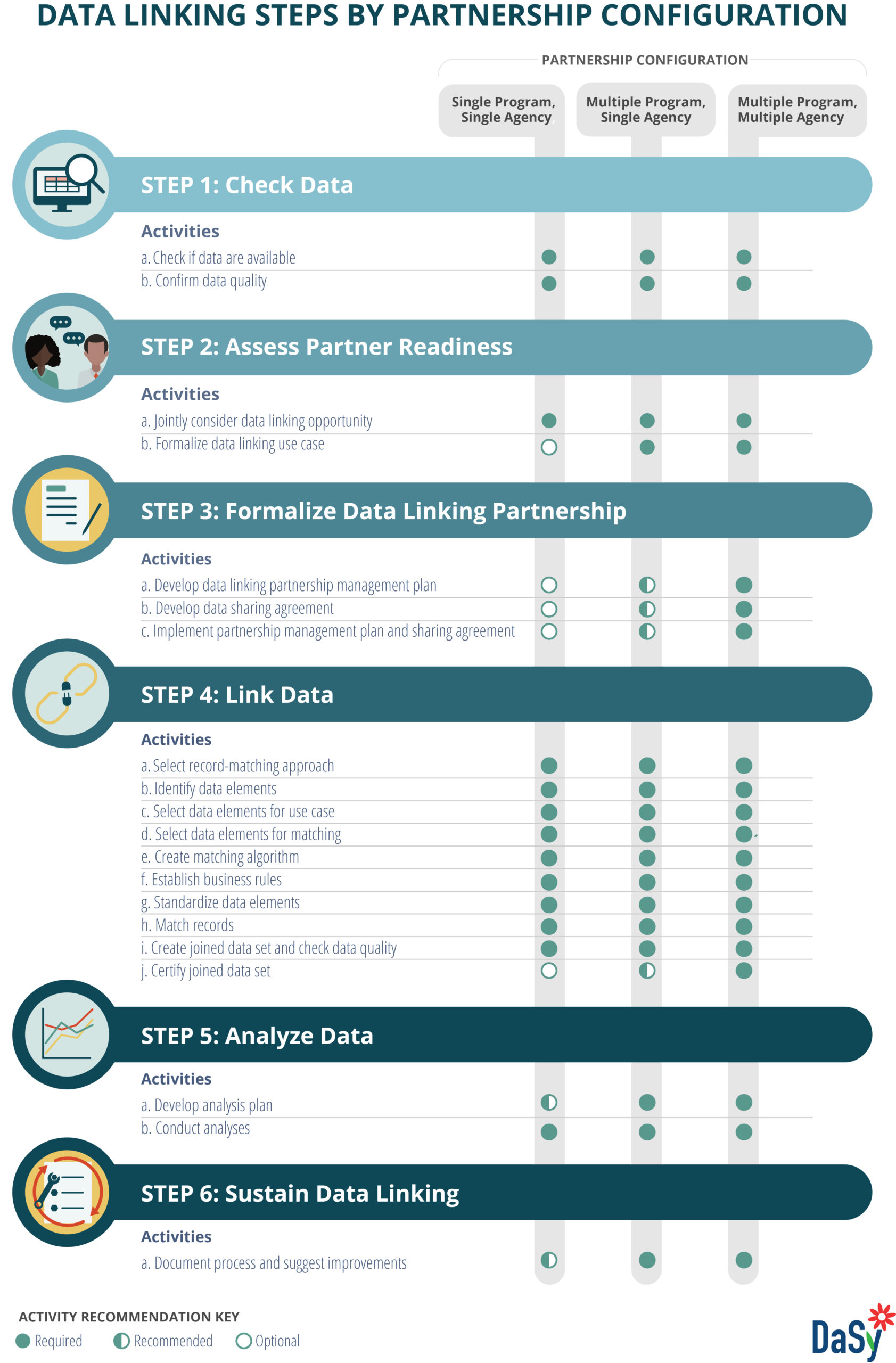
Part Four in our Data Linking Blog Series
Authors: Howard Morrison, Kate Grannemann and Margo Smith
DaSy’s State of the States report shows that many early intervention (Part C) and early childhood special education (Part B, 619) state coordinators and data managers are interested in increasing data linking between IDEA programs. We share the story of one state’s journey to link Part C and Part B, 619 data.
DaSy developed the Data Linking Toolkit to support state Part C and Part B, 619 staff and their partners in linking data. The toolkit covers all the steps in the process, from checking data and assessing partner readiness to formalizing partnerships, linking and analyzing record-level data, and sustaining efforts. Data linking efforts could involve Part C and Part B, 619 or other programs such as Early Hearing Detection and Intervention (EHDI) or Maternal, Infant, and Early Childhood Home Visiting (MIECHV). See the Data Partnerships and Their Benefits graphic in the toolkit for more about potential partnerships. DaSy staff worked with the North Carolina team to link Part C and Part B, 619 data.

North Carolina’s Story
North Carolina’s journey to link Part C and Part B, 619 data began in early 2016 with participation in DaSy’s Linking C/619 Data Cohort. As in many states, North Carolina’s Part C and Part B, 619 programs are in two agencies. The Part C program is housed in the Department of Health and Human Services, the Part B, 619 program is in the Department of Public Instruction. DaSy TA staff supported these two agencies and bridged the effort through staff turnover and other complications.
Why Link Data?
While North Carolina’s Part C and Part B, 619 programs had already worked together, the partners identified the DaSy Critical Questions they wanted to answer by linking data. They started with these questions:
- How many children who exit Part C in a given time period, and who are potentially eligible for Part B, 619, transition and are enrolled?
- How many do not transition?
- How many children who enter Part B, 619 in a given time period were ever enrolled in Part C?
One Hurdle Cleared
The Family Educational Rights and Privacy Act (FERPA) is a federal law that protects the privacy of student education records. Some might view this law as a barrier to data linking. Yet North Carolina knew the Part C and Part B, 619 programs could legally share data typically restricted under FERPA. Using the FERPA audit/evaluation exception, the two state agencies modified an existing agreement to share data. The updated agreement includes the secure sharing of personally identifiable information in order to evaluate state education programs. The agencies formalized their partnership by reviewing their current interagency agreement on transition. They added an amendment to include the data elements to share, and they created a charter to govern the partnership. The charter outlined a shared understanding with project goals, objectives, scope, and responsibilities.
The Details
To begin, the partners reviewed the data elements needed to answer their critical questions. Then, they identified which data elements each program would contribute. When looking closely at each database, the partners found that their programs collected some basic demographic and other elements differently.
The programs were able to leverage the state’s unique identifier (UID) for children, using the North Carolina Early Childhood Integrated Data System (NC ECIDS). The Part B, 619 program was already using that ID as the unique identifier for children in that program. Now, that UID is included in the North Carolina Department of Health and Human Services data warehouse for children enrolled in Part C.
“We were so lucky to have the NC ECIDS folks on our side. We were the first group to come to them for this type of project, and they were really excited to help us. Find your natural allies and let them help you,” said Barbara Simpson, North Carolina Evaluator and IDEA Data Content Expert for Early Intervention.
Finally, state staff and partners were able to review and match the Part C and Part B, 619 datasets, create a shared and secure space to transfer and combine data, and develop an analysis plan for their critical questions.
The Benefits
Along with the benefits of regular communication, the partners can now better understand their data on children’s timely transitions from Part C to Part B, 619 programs.
“We haven’t even gotten to the ‘good stuff’ yet in terms of analysis, but we’ve already learned things we didn’t know before,” Simpson said. “Even just being able to include the shared ID on our [state education agency] notification data was a big deal, and we learned from it. Imagine what we’ll learn once the serious analysis begins.”
The partners’ questions also have gained complexity. Now, the analysis plan for the linked data includes questions such as:
- Are there demographic differences between those children that transition and those that do not transition to Part B, 619 after exiting Part C?
- Are there differences by conditions/diagnoses between those children that transition and those that do not transition (are not eligible) to Part B, 619 after exiting Part C?
- How many and what are the characteristics of 4- and 5-year-old children who were in Part C and never referred to Part B, 619?
As a result of this data linking effort, Part C and Part B, 619 programs in North Carolina can now work to answer these questions and ultimately improve programs and provide stronger services for children in special education.
Get Started
To get started in your data linking effort, contact DaSy to help plan your approach. DaSy technical assistance staff can help with Part C or Part B, 619 data linking at any point in the process. Of course, the earlier the better! Review our Data Linking Steps graphic, which separates the steps for data linking based on the type of partnership. Part C and Part B, 619 staff and their data linking partners should start by reading each section of the Data Linking Toolkit to estimate the scope of work, time required, staffing needs, and the activities to plan.
Resources for ongoing learning
If you don’t know where to start, or if you have questions, your DaSy liaison can assist you, or contact DaSy anytime.
DaSy Resources:
Read Part Five of our Data Linking Blog Series: Streamline Steps: Using DaSy’s Data Linking Toolkit with Common Education Data Standards (CEDS) Tools
More about FERPA:
- U.S. Department of Education FERPA Summary
- Student Privacy Policy Office’s Privacy Technical Assistance Center Protecting Student Privacy
About the Authors

Howard Morrison is a DaSy technical assistance (TA) specialist with SRI International. Howard specializes in early childhood education on a variety of topics, including interagency data integration and data use, data governance, data sharing agreements, school readiness, public-private partnerships, stakeholder engagement, and state systems. Additionally, Howard is a TA specialist for the Preschool Development Grants Birth through Five (PDG B-5) Program.

Kate Grannemann is a DaSy TA specialist with AnLar, providing management and content expertise on projects related to early childhood care and education. Her interest and experience focus on the integration and use of early childhood data and the use of research to inform policies and practices. She has worked on several large national TA projects, developing resources and leading TA efforts.

Margo Smith is a DaSy consultant providing communications and other support for DaSy TA products. She has a background in journalism, data visualization, and data use in early childhood care and education TA.
Published January 2023.



